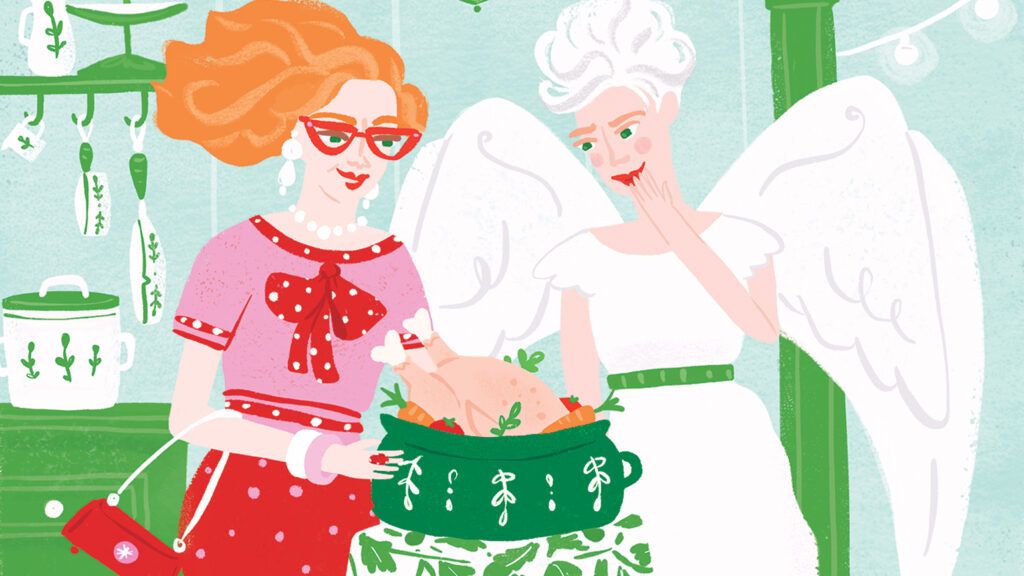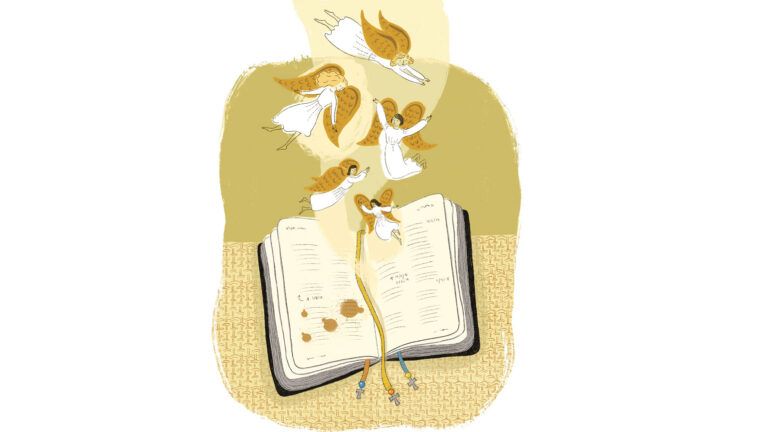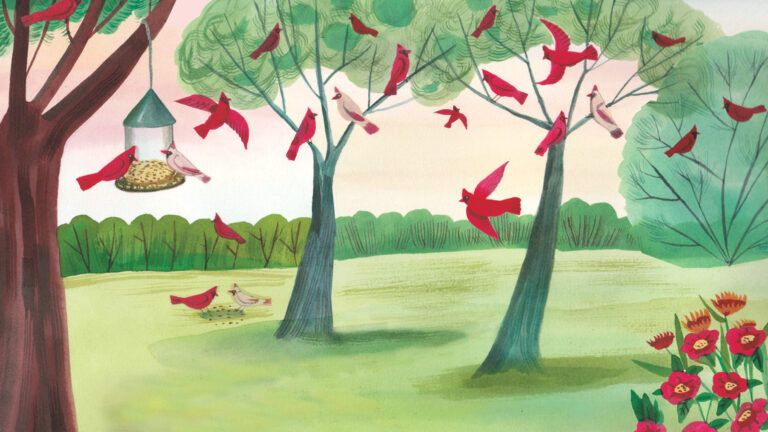When I was growing up, Thanksgiving Day meant a houseful of people. So when it looked as if my husband, Don, and I were going to be eating alone, it just seemed natural to invite Justin. He was an international student working toward a degree in physical therapy and had an internship at our gym. “He’s so far from his home in Hong Kong,” I said on our way to work out. “We could use some of his youthful energy at the table.”
Don thought it was a great idea, and Justin happily agreed. A few days later Justin called to ask if he might invite two of his student friends—one from Korea, one from Iran. The more, the merrier. “They won’t be the most traditional Thanksgiving guests,” Don said, “so all the better.”
In my experience it was the untraditional guest that made the party. In our family it was my aunt Esther. Nothing about her was traditional! Not her bright red hair or her outfits trimmed with beads, studs and rhinestones. Auntie Es was glamour on steroids, a small-town movie star. I idolized her style as a teenager. It took me years to be able to feel dressed up in an understated outfit. Auntie Es was a petite woman, but she made a big impression.
Seated around the table with Justin and his friends, I found myself reminiscing about the Thanksgiving when Aunt Esther made her famous chicken soup for our Italian-American family. “Cooking was the one area where Aunt Esther was the plain one,” I explained. “That’s where her sisters—my mother and Aunt Julia—were the stars. But everyone brought a dish.”
Every year, Auntie Es asked what she should bring. Every year, her sisters exchanged a sideways glance before saying, “Chips and dip will be fine.” Auntie Es always agreed, but not without reminding them that if she wanted to, she could make something great. “Like her special chicken soup,” I told our guests.
“I didn’t think chicken soup was special in America,” said Justin’s friend from Korea.
“This one was definitely was,” Don said. He knew the story.
“Indeed,” I went on. “Aunt Es’s sisters finally called her bluff and asked her to bring that famous chicken soup of hers. What could go wrong?”
One by one, relatives claimed seats, but we couldn’t start until Auntie Es arrived with her soup. The minutes ticked by. Our cocktails needed refreshing. Appetizer plates were down to just crumbs. Where was Auntie Es? As if on cue, we heard it. The click-clack of her high heels on the kitchen floor, the jangling of all the bangle bracelets on her wrists. Auntie Es had arrived. The first thing I saw were her big chandelier earrings. Then I saw that her arms were wrapped around a huge pot tied up with a mopina.
“A what?” asked our Iranian guest.
“Mopina,” I repeated. “It’s Italian slang for an old dish towel, to keep the soup warm.”
Auntie Es hoisted the pot onto the kitchen counter. She sighed with satisfaction at her job well done, then drifted off, wine glass in hand, to greet everyone. The sisters lifted the lid.
“What was in it?” asked Justin.
I set the scene just as it was that night. Aunt Julia bent over the pot, the steam from the soup fogging up her glasses. My mother pushing her aside for a look herself. I went over to see what could be so fascinating about a pot of soup. And there it was: the chicken. “A whole chicken,” I told the group, “floating like a raft in a sea of broth!”
Justin, his friends, even Don burst out laughing. “My mother and her sister both made the sign of the cross and got to work cutting up the chicken while Auntie Es entertained the hungry crowd. They gave thanks at the table for Aunt Esther’s soup but never asked her to bring anything but chips and dip again.”
Our guests enjoyed my family Thanksgiving story—truly American but funny all over the world. I was always thankful for new ears to hear me tell it. Perhaps by now Auntie Es’s story is spreading joy and laughter in Hong Kong, Korea and Iran. Auntie Es was right. Her soup was something special.
Did you enjoy this story? Subscribe to Angels on Earth magazine.





